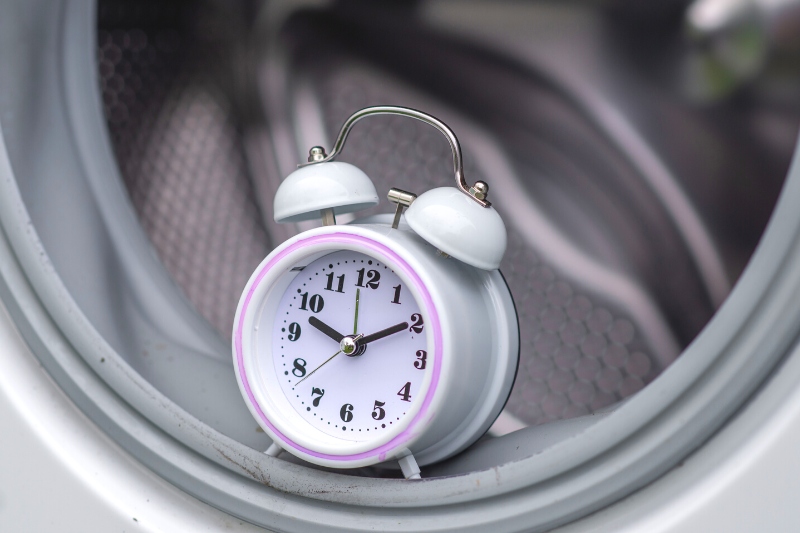If you’ve noticed that your washing machine keeps adding time to your washing cycle, you may be wondering why.
After all, this can be quite frustrating when you are doing multiple loads of washing and trying to plan your day around when the washing cycle ends.
So, why do washing machines add time on? Is it just some cruel joke? Is there something wrong with the machine? Or is there a practical reason for the additional time?
How Does the Washing Machine Know the Time Left?
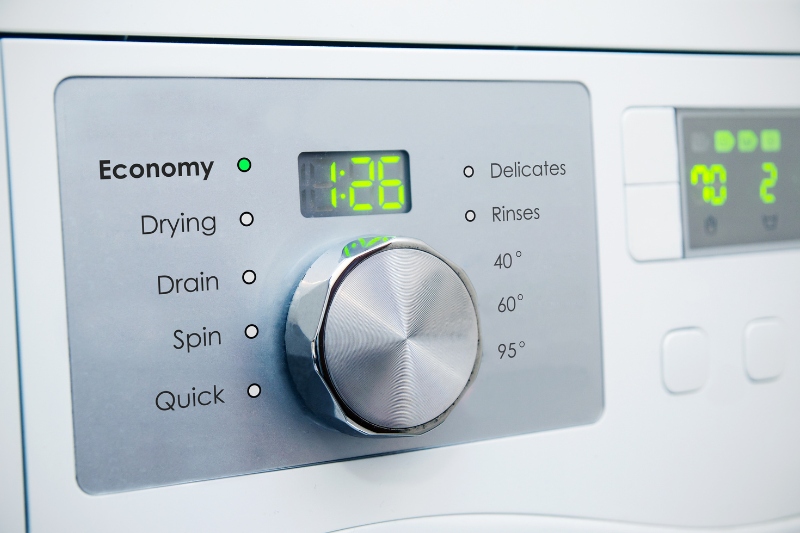
If the remaining time on your washing machine display changes, there probably isn’t anything wrong with your washing machine. And there is no need to worry if the machine adds some time on.
Your washing machine calculates how much time is left of a cycle based on a few different things. Firstly, when you put the clothes into the washing machine, the machine senses this and weighs the load.
Based on how much the clothes weigh, the washing machine will give you an estimated time.
This is an initial estimate. The washing machine uses sensors to calculate how much water to use during the washing cycle based on the weight of the load.
From this initial sensing (sometimes called Load Sensing), the washing machine will give an approximate time of completion.
Why the Washing Machine Changes the Time
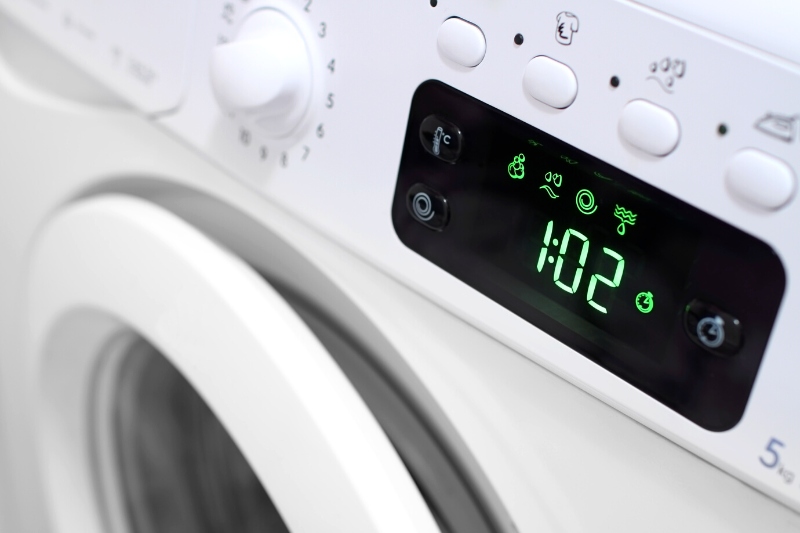
You may find that the washing machine changes times after you select the programme you want to use.
This is very typical. The sensor has weighed the load and offers an estimated time, but when you change the washing programme, other factors come into play.
If you use an eco setting, for example, this will change how much time is needed for the washing and rinsing cycles.
So, the initial time given will change based on these new parameters.
Why Does the Time Change Halfway Through the Wash?
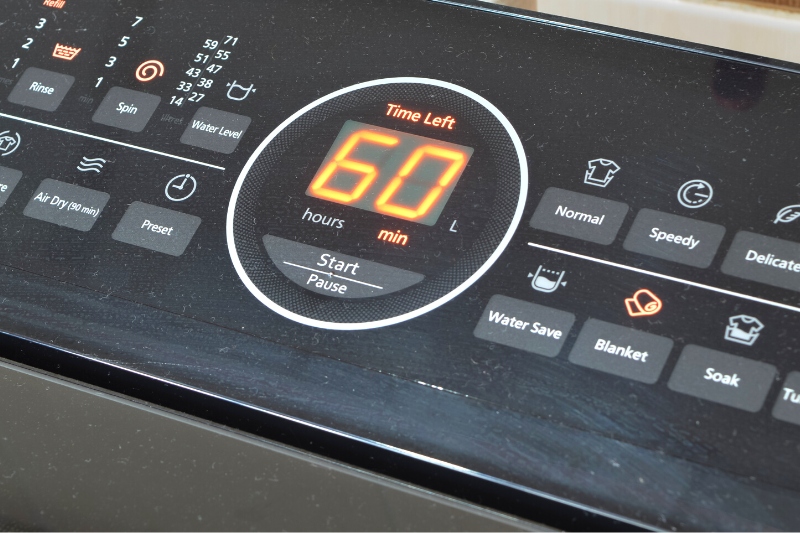
You may find that the estimated time changes during one of the cycles, usually the initial washing cycle. If your washing machine has sensors that detect how much water is in your clothes, the time can change during the cycle.
If these sensors sense that there is more or less water in the drum than they thought was needed, the time will change accordingly.
They do this by measuring the weight of the load and comparing it to the weight from the beginning of the cycle.
Some sensors can also measure how wet the load is by scanning the garments inside the machine. This is rather complex and not something we need to cover here.
If the washing machine finds that the clothes are heavier than they should be at this stage of the cycle, the time will increase. If the sensor finds that the clothes are lighter than predicted, the time will decrease.
All of this is to ensure that the washing machine can rinse off as much of the water as possible before the cycle ends. This means the clothes will spend less time drying.
In Conclusion
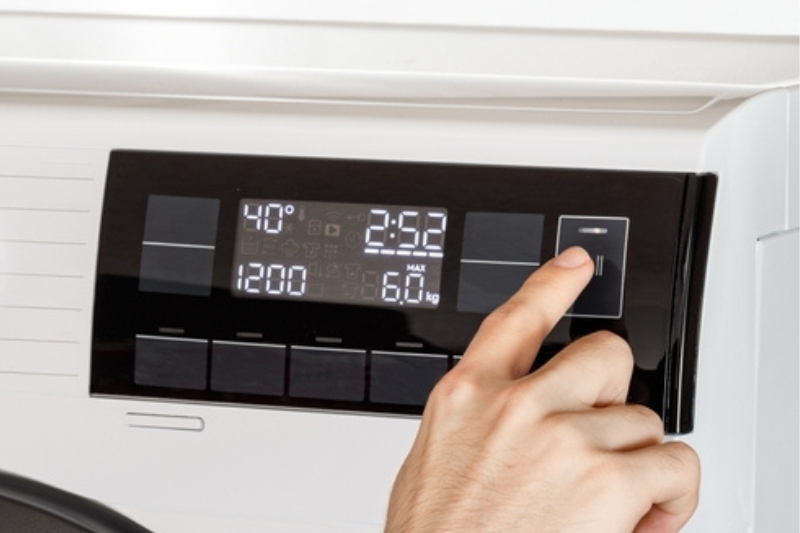
There are several reasons why a washing machine may add a bit of time to the cycle, either before it begins or during it. There is nothing wrong with your washing machine. In fact, it is trying to help you enjoy drier clothes.
Most washing machines have several sensing stages nowadays. For the most accurate time, take a look at the washing machine about 15 minutes after starting the programme. This is enough time for the sensors to do their work and provide the most accurate time possible.
We hope this look at washing machine sensors has been helpful. Want to know the best fabric softener or pods to use in your washing machine? We’ve got you covered.
And if your current washing machine doesn’t have sensors, maybe it’s time for an upgrade. Well, we can help you with this too. We have the best washing machines for all budgets right here.

In The Wash is your guide to the best laundry and cleaning products, tips and tricks. Our mission is to solve the UK’s cleaning and laundry dilemmas!
